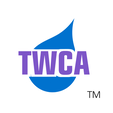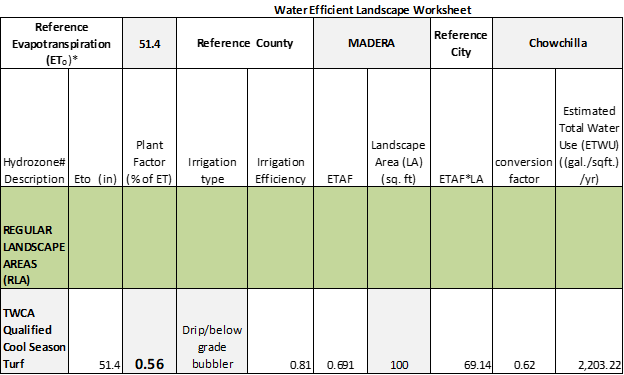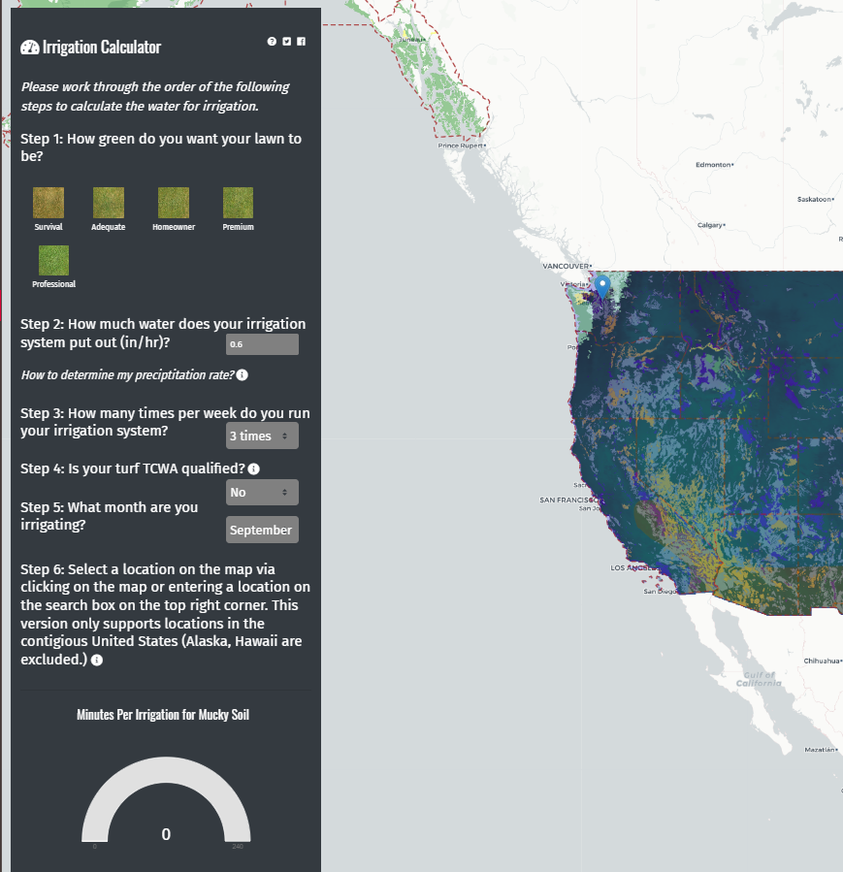Water Budgets are an essential part of any conservation plan. An efficient and effective water budget includes Evapotranspiration (ET) rates, Irrigation efficiency information, Irrigation system output(s), plant types, and rainfall precipitation averages. Some areas have mandatory minimum requirements for what to include in a water budget. California, for example, utilizes the Model Water Efficiency Landscape Ordinance (MWELO) as the basis for their statewide landscape water conservation measures.
Discover ways to make your landscape more water efficient
Discover ways to make your landscape more water efficient
MWELO Compliant Water Budget
|
TWCA members have access to TWCA's MWELO compliant landscape water budgeting tool. This innovative tool checks 1/3 of the mandatory documents for MWELO budgeting off your list (Project Information and water efficient landscape worksheet)!
The TWCA Water Budgeting tool Also produces a monthly irrigation estimate for the total landscape and for each hydrozone. The final feature is an irrigation schedule assistant to help landscape managers spot check peak water month run-times against actual runtimes. This creative and comprehensive tool is another example of TWCA prioritizing landscape water conservation and supporting sustainable, livable communities in California and across the globe. |
Irrigation CalculatorOur unique Irrigation Calculator allows users to control irrigation rates, irrigation frequency, and green cover to estimate the irrigation run-time. The calculator automatically accounts for historic precipitation and ET averages from the selected area. Finally, the Irrigation calculator uses the Cultivar Plant Factor (CPF) to separate the water demand of TWCA Qualified cultivars from conventional cultivars whose water use can be more than twice that of TWCA Qualified Drought Tolerant turfgrasses. To make this tool work there are some assumptions that had to be made: 1) Transition zone plantings are cool season turf. This may seem counter-intuitive given warm season turfs naturally low water use characteristics. However, the science shows a slight edge for cool season turfgrasses in terms of persistence. Simply put, cool season turf survives heat stress slightly better than warm season grasses survive cold. 2) The landscape is already established. Irrigating any landscape feature, from turfgrass to Savannah white oaks, at a deficit during establishment, is a surefire way to kill the planting. After establishment, (homeowner turfgrass is typically well established 9 months to a year after planting). 3) Soil doesn't impact water demand. It sounds counter-intuitive, but it is true. Soil texture impacts frequency and application rates of water but not, overall volume of water. This determination is based on volumetric lysimeter studies performed by Mr. Tyler Carr and Dr Doug Karcher at University of Arkansas. The Calculator is super easy to use. Simply follow the numbered steps, search your location and, voilà, your irrigation run time shows up in the minutes per irrigation gauge at the bottom of the toolbar. |



